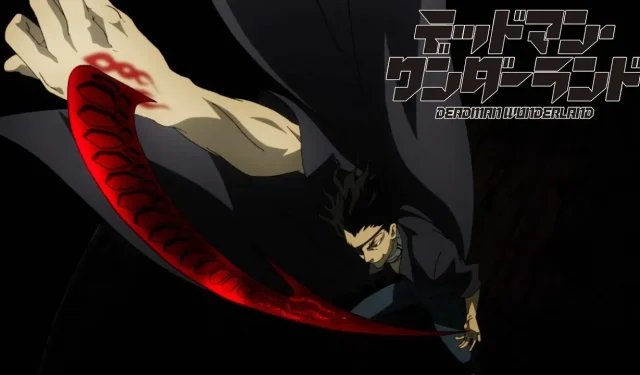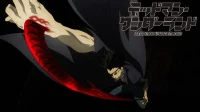In the latest episode of “Deadman Wonderland,” we witness the thrilling battles undertaken by Ganta and his fellow inmates. This anime series intricately weaves themes of innocence, survival, and the macabre realities of a dystopian prison where inmates partake in deadly gladiatorial games for the entertainment of cruel tourists. This article delves into the highlights of Episode 10, particularly focusing on the significant moments and the overarching implications of the story as Ganta grapples with his unjust circumstances.
The Harsh Reality of “Deadman Wonderland”
“Deadman Wonderland” introduces us to a world where innocent people are wrongfully imprisoned and forced into lethal games. At the heart of this narrative is Ganta Igarashi, who finds himself isolated in a facility that thrives on bloodshed and entertainment. The episode showcases the brutal nature of this prison, emphasizing the stark contrast between the vibrancy of the carnival atmosphere and the grim reality of the characters’ lives. With vivid visuals and dynamic animation, the show effectively captures the psychological turmoil experienced by its characters, showcasing Ganta’s struggle against both external and internal demons.
As Ganta fights for survival, the episode also highlights the concept of hope and resilience in dire circumstances. The eyes of the viewers are drawn to the various personalities that inhabit the prison—each with their own motives and backstories. This complexity adds depth to the narrative, making it not just a tale of survival but a commentary on humanity and morality under extreme conditions.
The Climax of Episode 10 – Breaking the Sound Barrier
A pivotal moment in Episode 10 is Senji’s astonishing ability to break the sound barrier, a feat that not only captivates the audience within the episode but serves as a metaphor for overcoming obstacles. This event is a spectacle that resonates with viewers, symbolizing the extreme lengths to which characters must go to retain their freedom and autonomy in a world that seeks to control them. Senji’s character is emblematic of rebellion against oppressive forces, driving the narrative forward and sparking a new wave of tension and anticipation among the prison’s inhabitants.
The animation during this climactic scene is particularly noteworthy, as the visuals escalate in intensity parallel to the stakes of the battle. The creative direction taps into high-intensity sound design and fast-paced visual edits that enhance the adrenaline rush of the gladiatorial fights. This moment not only highlights the unique abilities of different characters but also sets the stage for inevitable confrontations, making viewers eager to see how these dynamics will unfold in subsequent episodes.
Cultural Relevance and Fan Reception
The reception of Episode 10 underscores a growing appreciation for series that dare to confront difficult subjects through engaging narratives. As the plot thickens, discussions among fans are likely to grow, examining not only the characters’ fates but also the societal implications reflected in the narrative. The ongoing popularity of “Deadman Wonderland” solidifies its standing as a significant entry in the anime landscape.
Conclusion
As we dissect Episode 10 of “Deadman Wonderland,” it becomes increasingly clear that this series is more than just an action-packed anime; it serves as a canvas to explore deeper themes of justice, suffering, and humanity’s fight for autonomy. With its gripping storytelling and vibrant visuals, the show continues to captivate audiences and provoke thoughtful discourse among fans. What will the next episode reveal about Ganta’s journey, and how will it challenge our perceptions of justice in a dystopian world?
https://www.youtube.com/watch?v=FbuGIumVifY


